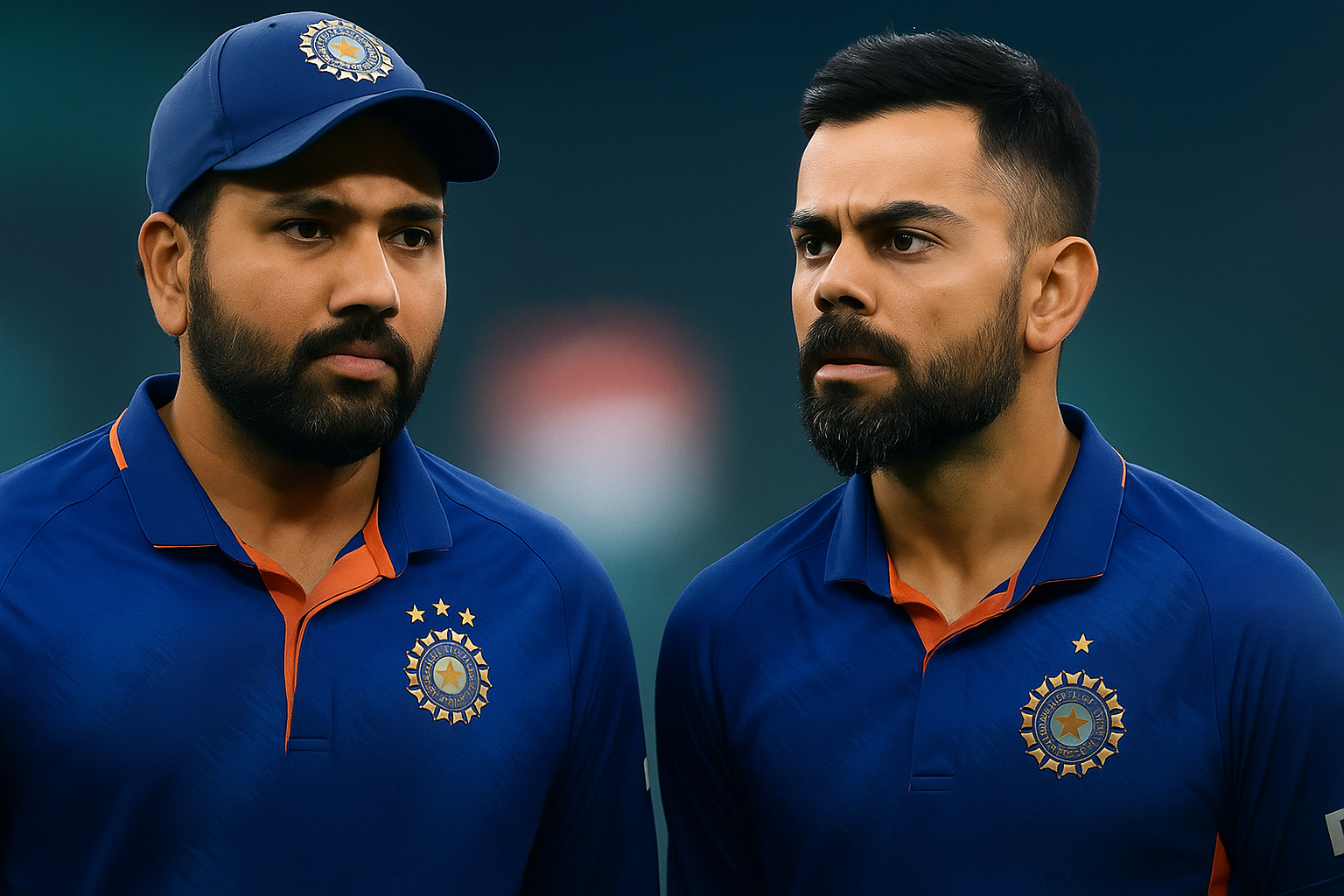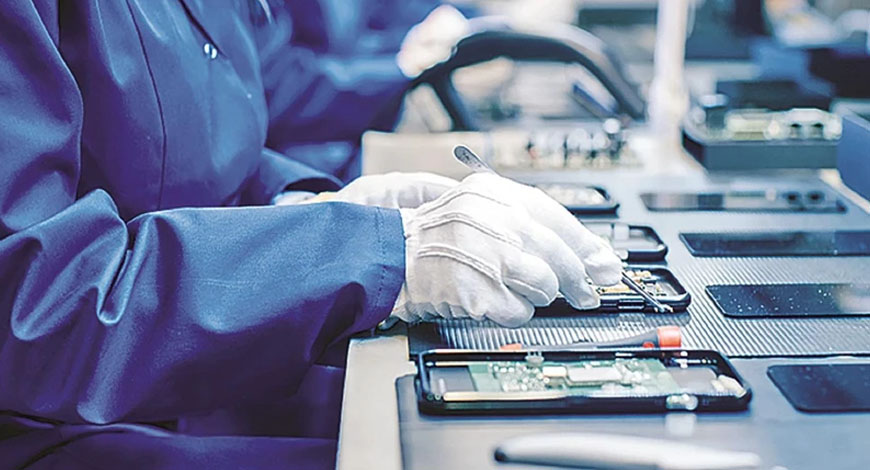In the world of cricket, few names command as much respect, admiration, and emotional attachment as Rohit Sharma and Virat Kohli. Both stalwarts have carried the weight of Indian cricket on their shoulders for over a decade, building legacies that extend far beyond statistics and match-winning innings. But as recent developments from the International Cricket Council (ICC) shake up the global cricketing landscape, speculation has intensified that India’s two modern-day greats may soon bid farewell to One-Day Internationals (ODIs).
This buzz, while not officially confirmed by either player or the Board of Control for Cricket in India (BCCI), has become a hot talking point in cricketing circles. Fans, pundits, and former players are all weighing in on whether the ICC’s decision could nudge both Rohit and Kohli toward ODI retirement.
The ICC Move – What Changed?
The speculation stems from the ICC’s strategic shift in how it wants to position 50-over cricket in the coming years. With the rise of T20 cricket and the growth of global franchise leagues, ODIs have started losing their central place in the cricket calendar.
According to reports, the ICC is considering:
- Reducing bilateral ODI series to free up space for more T20 leagues and Test series.
- Restructuring the ODI calendar to focus mainly on World Cups and Champions Trophies.
- Shortening future ODI tournaments and making them less frequent.
For senior cricketers like Rohit and Kohli, who have already achieved everything possible in the format—including a World Cup win (Kohli in 2011, Rohit as captain reaching the final in 2023), the ICC’s move raises questions about whether continuing in ODIs is still worth the physical and mental toll.
Why Rohit Sharma Might Step Away
At 37, Rohit Sharma has little left to prove in ODIs. Known as the “Hitman” for his ability to score big hundreds, he is the only batsman in history with three double centuries in the format. His aggressive yet composed leadership during the 2023 World Cup earned him widespread praise, even though India fell short in the final against Australia.
For Rohit, the prospect of extending his career in Tests and T20s might outweigh the grind of bilateral ODI series. With the ICC scaling back the relevance of ODIs outside the World Cup, Rohit could decide that now is the right time to step aside and allow younger talents to take over.
Moreover, Rohit’s fitness management has always been crucial, and giving up ODIs could help prolong his Test career—where his technique at the top of the order remains invaluable.
Why Virat Kohli Might Consider Retirement
For Virat Kohli, ODIs have always been his most dominant format. With over 13,000 runs, 47 centuries, and a staggering batting average above 57, Kohli is already considered one of the greatest ODI batsmen of all time. His ability to chase down totals with consistency is unmatched, earning him the moniker of the “Chase Master.”
Yet, even for someone as driven as Kohli, the ICC’s move raises valid questions. At 36, he has shifted much of his focus toward preserving energy for major tournaments and the longer format. If bilateral ODIs are no longer given priority, Kohli might see little sense in continuing the year-round grind.
Instead, he could adopt a role similar to many greats before him—retiring from bilateral ODIs but making himself available for World Cup cycles. That would allow him to stay fresh while still chasing his dream of lifting another ODI World Cup before he retires completely.
Fan Reactions – A Mixed Bag
The buzz around potential retirements has already triggered massive fan debates on social media. For millions of Indian fans, the idea of ODIs without Rohit and Kohli feels almost unthinkable. Both cricketers have given iconic moments:
- Rohit’s 264-run knock against Sri Lanka remains the highest individual score in ODIs.
- Kohli’s countless run chases, including his memorable innings against Pakistan and Australia, are etched in cricketing history.
Some fans argue that both should continue until the 2025 Champions Trophy, ensuring stability in India’s lineup. Others believe the time is right to blood youngsters like Shubman Gill, Ruturaj Gaikwad, and Ishan Kishan, who represent the next generation.
Former Cricketers Weigh In
Former players have not shied away from voicing opinions.
- Sunil Gavaskar suggested that both Kohli and Rohit deserve the right to decide on their own terms, without being pressured by ICC calendar changes.
- Michael Vaughan, the former England captain, remarked that ODIs are “losing relevance” and that senior players stepping away might accelerate the format’s decline.
- Harbhajan Singh highlighted the importance of using senior players wisely in World Cups while letting youngsters play bilateral ODIs.
This mix of perspectives reflects the uncertainty surrounding the format itself, not just the players.
What It Means for Team India
If Rohit and Kohli indeed retire from ODIs in the near future, the impact on Team India would be immense.
- Leadership Vacuum – Rohit’s tactical acumen as captain will be missed. Finding a successor who commands the same respect won’t be easy.
- Experience Gap – Kohli’s presence in run-chases often gave India a psychological edge. Without him, pressure situations could become harder for younger players.
- Opportunity for Youngsters – At the same time, their exits would open the door for the next generation to gain experience and establish themselves.
- Strategic Shift – India may begin to treat ODIs more like preparation grounds for ICC tournaments rather than a priority format.
Could They Retire Together?
Another intriguing angle is whether Rohit and Kohli might choose to retire from ODIs together, much like how MS Dhoni and Suresh Raina announced their international retirements on the same day in 2020.
A joint farewell at a packed stadium—possibly at the Wankhede in Mumbai or the Arun Jaitley Stadium in Delhi—would be a fitting tribute to two of India’s greatest ODI icons. Such a gesture would also symbolize the end of an era and the dawn of a new chapter for Indian cricket.
The Bigger Question – Future of ODIs
Beyond Rohit and Kohli, the larger issue remains: what is the future of ODI cricket itself? With the popularity of T20s and the traditional respect commanded by Tests, ODIs are increasingly being seen as the “middle child” of cricket formats.
The ICC’s recent moves indicate a strategy of preserving ODIs only for marquee tournaments, not bilateral fixtures. If more senior players choose to step away, ODIs could lose their allure even faster.
Some experts suggest that ODIs should be reduced to 40 overs per side to make them sharper and more appealing. Others argue that the format should be left as it is but played less frequently.
Either way, the decisions of legends like Rohit and Kohli will have a major influence on how fans perceive the format’s relevance in the next decade.
Conclusion – End of an Era Approaching?
While neither Rohit Sharma nor Virat Kohli has officially announced retirement from ODIs, the buzz is growing louder with each passing day. The ICC’s restructuring of the format has acted as a trigger, forcing fans and analysts alike to ponder a future where two of India’s greatest batsmen are no longer part of 50-over cricket.
If they do step away, it will undoubtedly mark the end of an era in Indian cricket. Yet, their legacy in ODIs is secure—etched in record books, fan memories, and countless match-winning performances.
For now, the cricketing world waits, watches, and speculates. But one thing is certain: whenever Rohit Sharma and Virat Kohli decide to hang up their ODI boots, it will be a moment that resonates far beyond the boundary ropes.
The NewsBit Bureau









